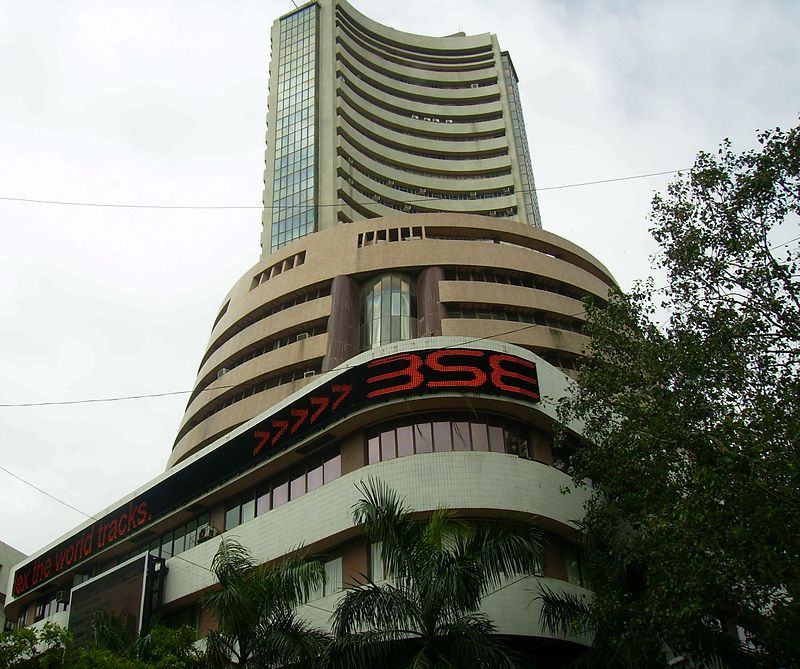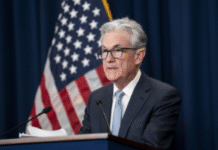Mumbai— Indian stock markets witnessed a sharp sell-off on Monday, mirroring a global market crash, with benchmark indices recording their steepest one-day drop since June 4 of last year, when the Lok Sabha election results were announced.
However, a late-session recovery helped the Nifty rebound above the 22,100 level, trimming some of the day’s earlier losses.
The Sensex plummeted 2,226.79 points, or 2.95%, to close at 73,137.90. It swung between an intra-day high of 73,284.24 and a low of 71,425.01. Investors saw over ₹13.5 lakh crore (approx. $162.7 billion) wiped out by the end of trading.
The Nifty followed suit, falling 742.85 points, or 3.24%, to settle at 22,161.60. Tata Steel was the day’s biggest laggard, shedding over 7% on both major exchanges.
This decline came in the wake of the steepest drop in Asian markets in 14 years, sparked by a sharp sell-off on Wall Street.
Market sentiment turned bearish after U.S. President Donald Trump announced aggressive new tariffs, prompting retaliatory measures from China. The standoff between the world’s two largest economies has raised fears of a full-blown trade war, potentially pushing the global economy toward recession.
“The market tumbled as the carnage over high U.S. tariffs and the retaliation by other countries may kickstart a trade war,” said Vinod Nair of Geojit Financial Services.
While the direct impact on India may be limited compared to other nations, Nair advised investors to remain cautious amid heightened uncertainty. “The focus will shift to pure-play domestic themes, where a rebound could be more meaningful once the dust settles,” he added.
The broader market was not spared, with the Nifty Midcap 100 and Smallcap 100 indices both ending over 3% lower.
Sector-wise, metals and real estate were the hardest hit. The Nifty Metal index dropped 6.75%, while the Nifty Realty index fell 5.69%. Other sectors such as IT, banking, auto, and financial services also recorded losses of up to 4%.
Even a better-than-expected U.S. jobs report—usually a positive for global sentiment—failed to offset investor anxiety as trade concerns remained the dominant theme.
According to Sundar Kewat of Ashika Institutional Equity, the downturn was largely driven by escalating global uncertainties. “Weak cues from Wall Street last Friday spilled over into global markets, including India,” he noted. “Investor sentiment took a hit amid rising fears of a recession, exacerbated by intensifying trade tensions.”
Meanwhile, the Indian rupee weakened slightly against the U.S. dollar, closing 61 paise lower at 85.84, compared to Friday’s close of 85.23.
“Going forward, the rupee is expected to trade in a wide range of 85.25 to 86.25, with elevated volatility likely in the near term,” said Jateen Trivedi of LKP Securities.
Gold traded within a volatile range between ₹87,900 and ₹88,500 per 10 grams, as markets attempted to gauge the broader implications of the ongoing U.S.–China tariff conflict.
Investor sentiment remained cautious, with market participants awaiting further clarity from the U.S. on its next steps. The upcoming U.S. Consumer Price Index (CPI) data is expected to play a key role in shaping rate cut expectations, which could influence global gold prices.
Domestically, all eyes are on the Reserve Bank of India’s policy meeting later this week, with the rupee’s volatility likely to add another layer of uncertainty for MCX Gold, Trivedi added. (Source: IANS)








